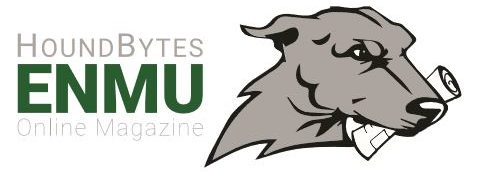By: Wayne Head
My paternal grandfather was a Catawba and Pamunkey Native. His parents had been members of the Catawba Indian Nation, South Carolina prior to moving to Sanford, Colorado in 1887. He had three maternal first cousins who attended the United States Indian Industrial Training School (currently known as Haskell Indian Nations University) in Lawrence, Kansas, in the late 1930s. I believe that they were using the boarding school to get a good secondary level education. Viola Garcia Schneider was one of these cousins, and she later attended a special nursing program on the Navajo reservation created specifically for Native American students. After graduating from the nursing program, she joined the U.S. Army as a nurse and served in the Pacific Theater during World War II.
At Haskell Indian Nations University, she learned how to do loom beading with a flat board, a nail, a deck of playing cards, and thread. She taught this skill to her daughter, Cindy Schneider Walsh who taught loom beading to me at the Rio Grande Nature Center in Albuquerque, New Mexico. Actually, we were in the parking lot of the nature center next to my pickup truck when she walked me through the rudimentary practices of loom beading. I had begun an interest in loom beading when my nephew, Matthew Head, asked me to make him a beaded hatband. I cobbled together a pony bead hatband and the eight-year-old said, “No, Uncle Wayne, the small beads not these large beads.” I had a beaded piece that Cindy had made, so I knew that she could teach me the beginning practices of loom beading.
A few months later, I learned the finer steps to loom beading from Ernie and Elaine Ebert, friends I had met in the West Texas Native American Association in Lubbock, Texas. I then made my first long bead loom and started making fifteen inch long, nine rows wide hatbands. I started with size ten seed beads, many beaders use smaller seed beads like size twelve or thirteen. The larger the number the smaller the size of the bead. I eventually was making twenty-two inch long, fifteen rows wide hatbands. I give away these hatbands, only selling one when a woman insisted on buying a piece from me years ago.
I started out copying Northern Plains style patterns, or my adaptations of those specific patterns. One day it occurred to me that I was appropriating Lakota, Crow, Cheyenne, Arapaho and other tribe’s patterns just like non-native businesses. I realized that this was wrong and that I should find other appropriate patterns to use in my loom beading. I started playing with shapes and colors, turtles, hearts, mesas, and so on. I started adding words to my hatbands. Then I decided to use the designs found on Catawba pottery, ancient images that speak to Catawba history, culture and heritage. Eventually, I made designs that looked like some of the pottery pieces that my distant cousins make on the Catawba Indian Nation. I made a Catawba snake bowl image, a King Hagler effigy pipe image, a swan boat image, and a peace pipe image. For these Catawba themed hatbands, I used Catawba words, sometimes calling my cousins in South Carolina to get the correct words and spelling for each hatband.
When people see the tiny beads in my beadwork, they comment on how hard it must be to thread them on the loom. Or, they talk about how they do not have the patience to do beading, and I tell them that if they persevere they will learn the patience. What they do not readily see or understand is the connection this beadwork has made for me with my family’s past. This beadwork lets me express that little bit of the Catawba culture that I understand and can practice. Due to distance, I cannot go down to the clay hole and dig up clay near the Catawba Indian Nation to do traditional pottery that my relatives practice. I have not attended any powwows or festivals on the nation in over a decade. However, I can bead, and research the patterns and language that are uniquely Catawba thereby tying me just a little bit to that culture and family that my great-grandparents left in 1887. I made a hatband for a fourth cousin, the current Chief of the Catawba Indian Nation two years ago. Chief Bill Harris is an artist. He once made his living making wood sculptures. He currently makes pottery in the traditions of his great-great grandmother, Martha Jane White Harris, and her granddaughter, Georgia Harris, a National Endowment of the Arts (NEA) honors recipient. He often speaks of his grandmother Georgia when he talks of his pottery. Chief Harris sent me a letter written on the Catawba Indian Nation letterhead telling me how much he liked my using Catawba words and pottery piece images and that he will not put this hatband on a hat but will put it in his collection of other Indian artwork. I am not a member of the Catawba Indian Nation, but I am recognized by my relatives. Connections.

